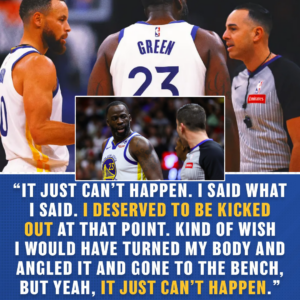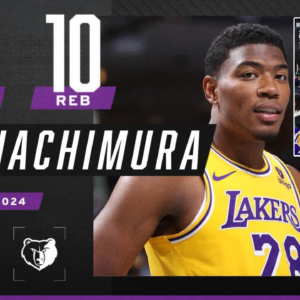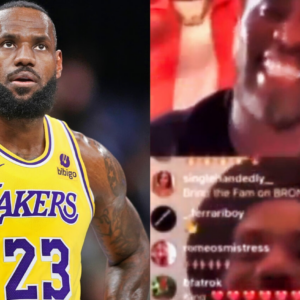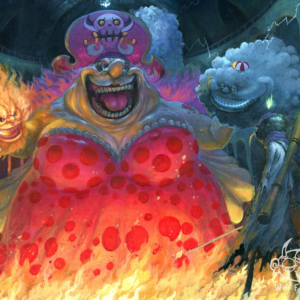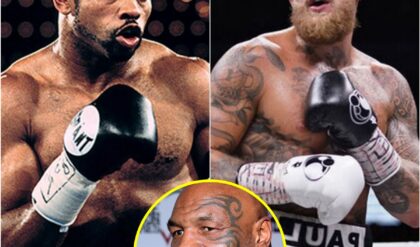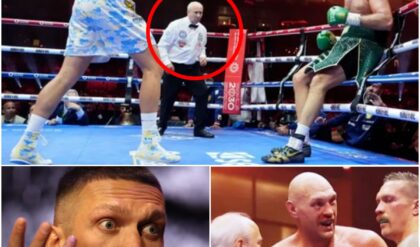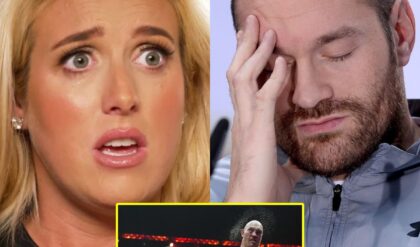The Warriors are one game away from being tied for 10th with the Houston Rockets.
/cdn.vox-cdn.com/uploads/chorus_image/image/73230505/2102851103.0.jpg)
Not to bury the lede, but there were plenty of reasons why the Golden State Warriors lost to the Minnesota Timberwolves — besides the fact that Steph Curry’s substitution pattern suddenly changed.
The most glaring reason: the Wolves’ three-point shooting. They put up a 21-of-40 clip from beyond the arc — 52.5%. They had their way when it came to getting open shots on the perimeter, and the Warriors didn’t have the requisite height to bother them on closeouts, lacked the effort to run shooters off the line, and were also on the receiving end of variance on some of the shots the Wolves attempted.
The Warriors are among the bottom teams when it comes to opponent three-point frequency (37.6%, 25th in the NBA) — in other words, they allow lots of three-point attempts from opponents. Some of it is by design, in that they almost always are compelled to help off non-shooting threats to add an extra help defender to pack the paint against possible drives.
The evidence for the statement above: The Warriors are the best team in the league when it comes to limiting opponents’ shot attempts at the rim, with an opponent rim frequency of 25.3%. On the surface, that seems like a stat indicative of an elite offense — but in the Warriors’ case, their efforts to wall off the paint and the rim is a consequence of the lack of height and rim-protectors across the board, which forces them to have to pack the paint and scramble if things break down up front.
Which leads to the other reason why the Warriors have been giving up so many looks from the perimeter this season. As has been extensively profiled this season, there has been a noticeable blend of subpar point-of-attack and pick-and-roll defense that has placed them in rotation, resulting in a backline defense that is either too small and/or too slow to plug the gaps created on the perimeter. That theme has been prevalent this season: whenever they fail to contain up front, the subsequent help contingencies make them vulnerable to open three-point looks.
If this is something you’ve heard before — well, get ready to learn season-wide defensive issues, buddy:
The point of contention in the possession above is Andrew Wiggins’ inability to stick to Anthony Edwards. The Wolves run a pindown for Edwards, followed by a dribble handoff (DHO), angled to make Edwards run through the elbow/slot area. Wiggins switches onto Edwards but is screened by Conley, which forces Trayce Jackson-Davis to step up to help Wiggins recover on the trail.
This triggers weak-side help — Klay Thompson tagging and switching onto the rolling Rudy Gobert and Curry defending two players on the weak side. Curry has a choice between Jaden McDaniels (shooting 34.9% on threes this season and 35.8% for his career) and Mike Conley (42.7% this season, 38.5% for his career). Curry chooses Conley, which triggers Edwards’ decision to skip the ball to McDaniels. To his credit, he drills the open shot.
That said, the Warriors still had a shot to win the game. They were up by five points with 4:07 left in the third quarter when Curry subbed out, which was his typical substitution pattern. At that time, Curry had logged in 23 minutes; he averages 32.7 minutes this season, which would’ve given him room to sub back in at around the eight-minute mark of the fourth quarter.
In the nine minutes that Curry sat — he subbed back in at the 6:56 mark of the fourth quarter (more on that later) — a 70-65 lead turned into an 89-97 deficit. The Warriors were outscored by 12 points in that non-Curry stretch.
The film during that stretch shows similar problems in terms of three-point coverage. This one stood out in the third quarter:
A pindown followed by a DHO for Edwards forces Gary Payton II to chase, but he has trouble doing so. Draymond Green is forced to step up and switch onto Edwards, while Chris Paul takes the rolling Kyle Anderson. Payton spends a beat too long doubling Edwards and then chooses to stay at the “nail” (middle of the free throw line) to help where help isn’t needed. He leaves Jordan McLaughlin — shooting 48.5% on threes this season — wide open.
Not long after that, a series of boo-boos — poor containment, forced help, lack of urgency on rotations, etc. — creates another good look for the Wolves, this time for Nickeil Alexander-Walker (shooting 37.8% on threes this season):
A forced help off the strong-side corner on an Edwards cut generates this three from Alexander-Walker:
While Alexander-Walker takes advantage of Chris Paul not keeping track of the corner — and also Paul’s height and negligible contest — to drill another corner three:
The transition-defense issue reared its ugly head anew — a game after it was front and center against the Indiana Pacers:
By the time Curry came back with just under seven minutes left in the game, the eight-point deficit was the reality the Warriors were facing. In the final 6:54 of the fourth quarter, the Warriors outscored the Wolves by four points — which obviously wasn’t enough to make up for the deficit created by the non-Curry minutes.
Was Curry not being on the floor during that stretch the sole reason why they lost? Definitely not. Defending the three-point line stood out, and Curry isn’t going to solve that problem in a vacuum.
What Curry could’ve done, however, was create more advantage situations on offense, leading to higher chances of scoring — which would then put the Warriors in better positions to set up their half-court defense on the other end. A one or two-minute difference in the substitution time doesn’t sound like much, and the result may not have changed even if he subbed in earlier. But it was worth a shot, especially with the Warriors’ current predicament.
But Steve Kerr disagreed with that notion:
I understand wanting to save Curry’s legs for a long-term season goal — but at this rate, the Warriors are running out of long-term season goals. The Houston Rockets are only one game behind them for the 10th seed. If they want to be involved in the postseason, losses like this are something they can’t afford. Every game will be important from here on out.
Which makes Kerr’s reasoning baffling, especially when playing Curry a minute or two sooner would’ve still kept him at the low-30s threshold that he’s been averaging for the season. It’s not as if he was slated to play in the mid-to-high 30s.
That will be the ongoing narrative until the next game, and it’s not hard to see why. But more than the Curry minutes mishap, the three-point-defense issue still must take precedence, along with the offensive struggles (including, but not limited to, the inability to find consistent sources of offense beyond Curry and Thompson).
It goes to show just how troubled this season has been — an unholy blend of tactical, roster, availability, and lineup issues — and how it might result in the worst outcome possible.
News
Test đẩy bài từ cms
Test đẩy bài từ cms, xóa sau khi dùng.
Draymond Green: “I deserved to be kicked out”
Green expressed remorse for his early ejection on – where else? – the Draymond Green Show Draymond Green guards Paolo Banchero in one of the four minutes he was on the court Wednesday Photo by Mike Ehrmann/Getty Images Promising to…
“I’m not a BIG FAN of the city,” Lakers star Rui Hachimura REVEALS true feelings about Memphis after DOMINATING WIN
Rui Hachimura has improved drastically of late. Rui Hachimura On Wednesday the Lakers registered their 41st win against the Memphis Grizzlies, led by Rui Hachimura. The Lakers are on a roll, as they are now cruising through with a five-game winning…
VIDEO: Social Media RIPS LeBron James After Clip Of Lakers Star Raving About Diddy’s Parties Resurfaces Online
LeBron James is getting slammed online amid the disturbing Sean “Diddy” Combs scandal. It appears Diddy has nearly reached the end of his rope as his houses in Los Angeles in Miami were raided by Homeland Security on Monday. The rapper…
BREAKING: Social Media Is Saddened By Longtime ESPN “SportsCenter” Anchor’s Heartbreaking Announcement
ESPN’s ‘SportsCenter’ host John Anderson’s run is nearing an end, with the longtime sports personality set to retire later this year after 25 years. Anderson announced his plan to retire when his contract with the company runs out in June,…
One Piece: BROOK VS BIG MOM, a Commissioned painting!
SUMMARY Brook is the hidden heartbeat of the Straw Hat Pirates, providing crucial support despite often being overlooked by fans. In a stunning fan art piece, Brook’s epic fight against Big Mom is beautifully recreated, highlighting his defiance and determination….
End of content
No more pages to load
